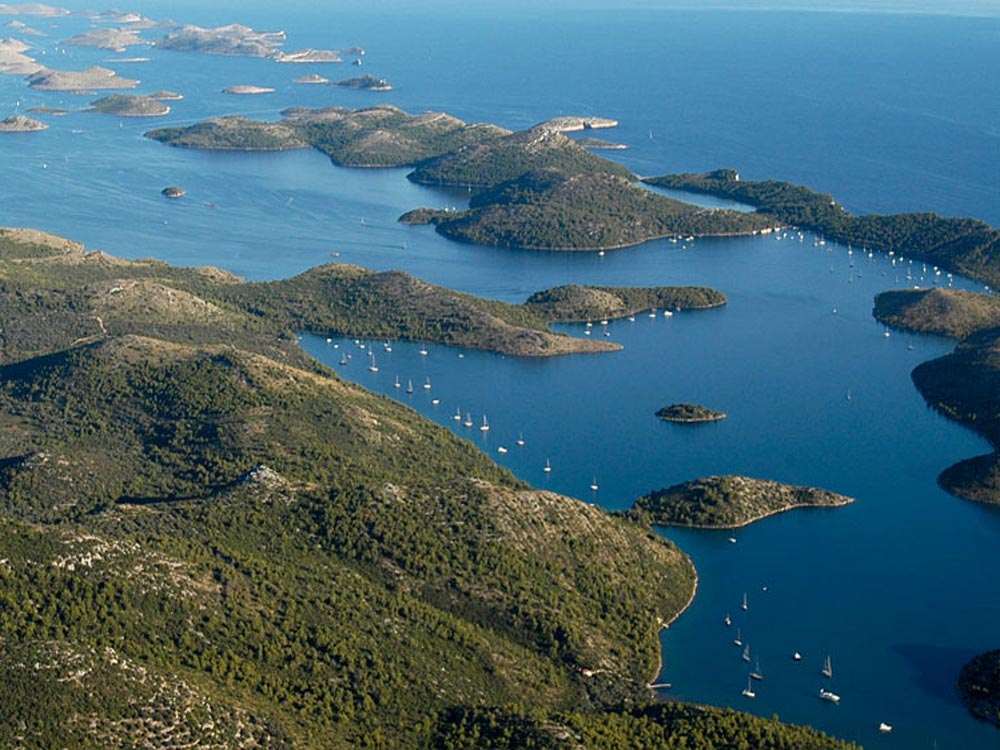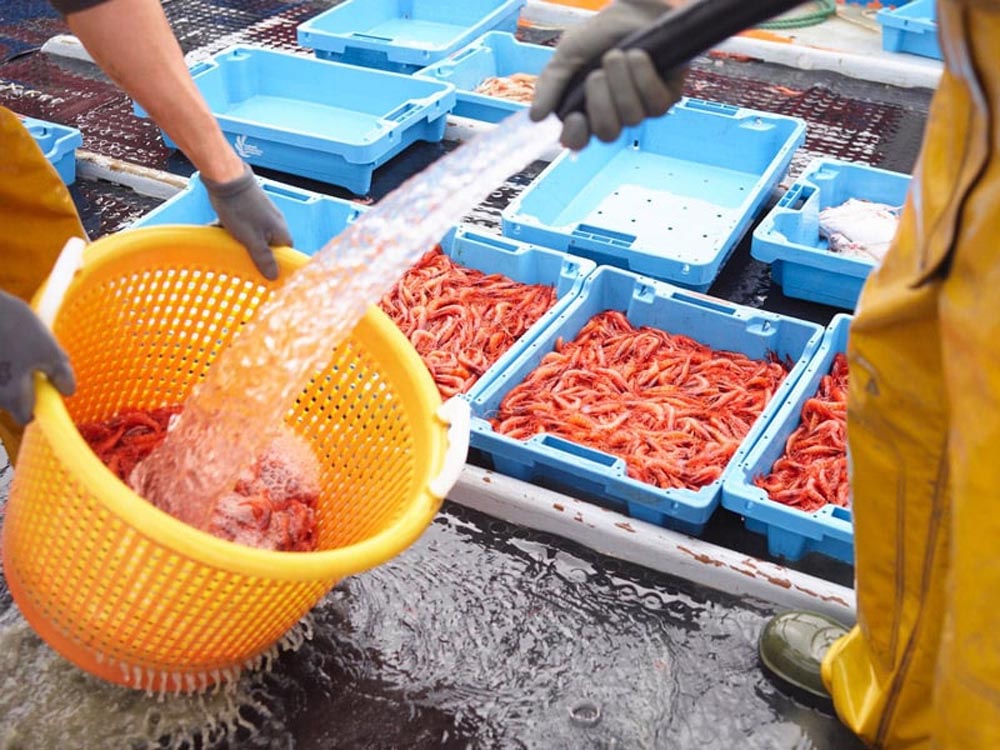FishMPABlue 2 Plus
Fishing governance in MPAs: potentialities for Blue Economy 2 PlusProject presentation
“FishMPABlue2 Plus” project is the follow-up of FishMPABlue2 and previously of FishMPABlue, which identified a set of governance measures (“FishMPABlue2 SSF governance toolkit”) that can allow marine protected areas (MPAs) to achieve conservation goals while at the same time delivering socio-economic benefits to small scale fisheries. FishMPABlue2 tested such a toolkit (i.e. by implementing these measures), on the field in 11 Pilot MPAs located in 6 Med countries (Spain, France, Italy, Slovenia, Croatia and Greece), to assess and quantify its effectiveness in achieving expected results in terms of MPA ecological effectiveness, benefits delivered to small scale fisheries and social acceptance of management measures by stakeholders.
FishMPABlue 2 Plus, aims to transfer the governance toolbox approach to 11 new Mediterranean MPA from 5 countries: Secche di Tor Paterno MPA (Italy); Secche della Meloria MPA (Italy); Regno di Nettuno MPA (Italy); Pequerolle marine reserve (France); Cap d'Ail marine reserve; Lastovo MPA (Croatia); Velebit Channel Marine Reserve (Croatia); Karaburun- Sazan MPA (Albania); Butrint National Park (Albania); Samaria MPA (Greece); Pelagos Sanctuary (Italy-Monaco-France).
Partnership
Lead partner
Federparchi – Europarc Italy (Italy)
5 Partners
12 Associated partners
11 Pilot sites
5 Countries
Key messages
For managers
-
The three key components of a governance system based on co-management principles for sustainable management of small-scale fisheries are:
- the existence of a SSF management plan;
- the establishment of an effective enforcement system;
- the engagement of fishers in the MPA-related SSF governance
For policy
-
Involve small-scale fishers in the MPA establishing process, especially for zoning and SSF regulation;
-
Provide MPAs adequate resources for enforcement and monitoring;
-
Integrate conservation and development as well as with other forms of marine environment management, such as FRAs, etc.
For science
-
Integrate environmental and socio-economic monitoring methods;
-
Involve fishers in data collection;
-
Establish stable and permanent monitoring systems.





